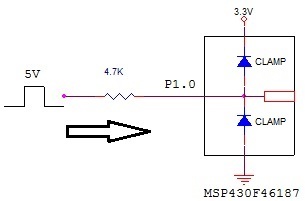I don't understand this bit:
Jazzmarazz wrote: using an external series current-limiting resistor to limit the current into the upper clamp diode to 10 mA
What's the upper clamp diode? I thought for each input pin we just need to throw a divider to get 3.3V or whatever voltage is required...
VGA wing is cool, but it's $12 while the whole arcade wing is $19... $7 difference...
Overall it looks pretty good, I think we need to read through the documentation and figure will this thing resolve our problems with uC or not.
For the video capture device it has USB UART. But it says:
"Channel B is connected to the Papilio One in an Asynchronous serial UART configuration that is capable of speeds up to 2MHz"
What's that suppose to mean? Will it provide 2Mbaud speed?
If so then I'm gonna need to build the frame in the Papilio and send it to PC to save on bandwidth (4MBaud required to send raw data). Furthermore the frame must be assembled by FPGA clocked by DMG's clock. Is there a way to check if FPGA has enough capacity to handle that? Because you said that your project was too big. What if this one is too big for Papilio as well?
These are my first thoughts, I guess I'll figure this things out once I familiarize myself more.
